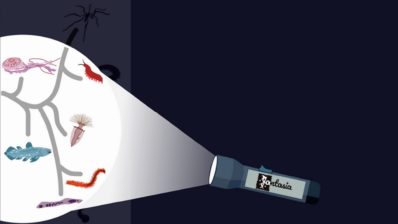North Africa has undergone cultural, linguistic, and demographic changes that have shaped the genetic structure of its inhabitants. One of these populations is the imazighen (plural of amazigh), which has recently been studied genetically by a team from the Institute for Evolutionary Biology (IBE: CSIC-UPF) and the Department of Medicine and Life Sciences (MELIS-UPF). Specifically, they studied 13 Imazighen groups, with the largest database of this population to date.
The research is quite peculiar, as it analyzed genomic data at a level not previously studied: microgeographic. The area studied covers about 2,500 km², corresponding to the Aurès region in northeastern Algeria. Previous studies have shown that North African populations are different from those of the rest of the African continent, but this small-scale study has allowed researchers to link the history of the Imazighen with their genetics and to find specific differences among geographically separated Imazighen groups.
North Africa has hosted various populations over long periods, coinciding with historical demographic movements. Indeed, genetics corroborates this idea: there was more genetic diversity during peak migration periods. One such period was during the Arab conquest in the 12th century, and also a bit earlier, with the influx of Mediterranean populations like the Phoenicians (900 BC) or the Romans (146 BC). New gene variants also arrived due to the trans-Saharan slave trade (which lasted from Roman times until the 19th century) and the establishment of trade routes with sub-Saharan Africa (between the 8th and 16th centuries).
Another curiosity observed in the genetic study is that negative assortative mating predominates among the Imazighen, where individuals pair with others who are physically very different from themselves. However, a couple of Imazighen populations showed signs of assortative mating (the opposite, mating with individuals similar to oneself). This reflects cultural customs that vary on a microgeographic level.
Vilà-Valls, L., Abdeli, A., Lucas-Sánchez, M., Bekada, A., Calafell, F., Benhassine, T., Comas, D. Understanding the genomic heterogeneity of North African Imazighen: from broad to microgeographical perspectives. Sci Rep 14, 9979 (2024). https://doi.org/10.1038/s41598-024-60568-8







